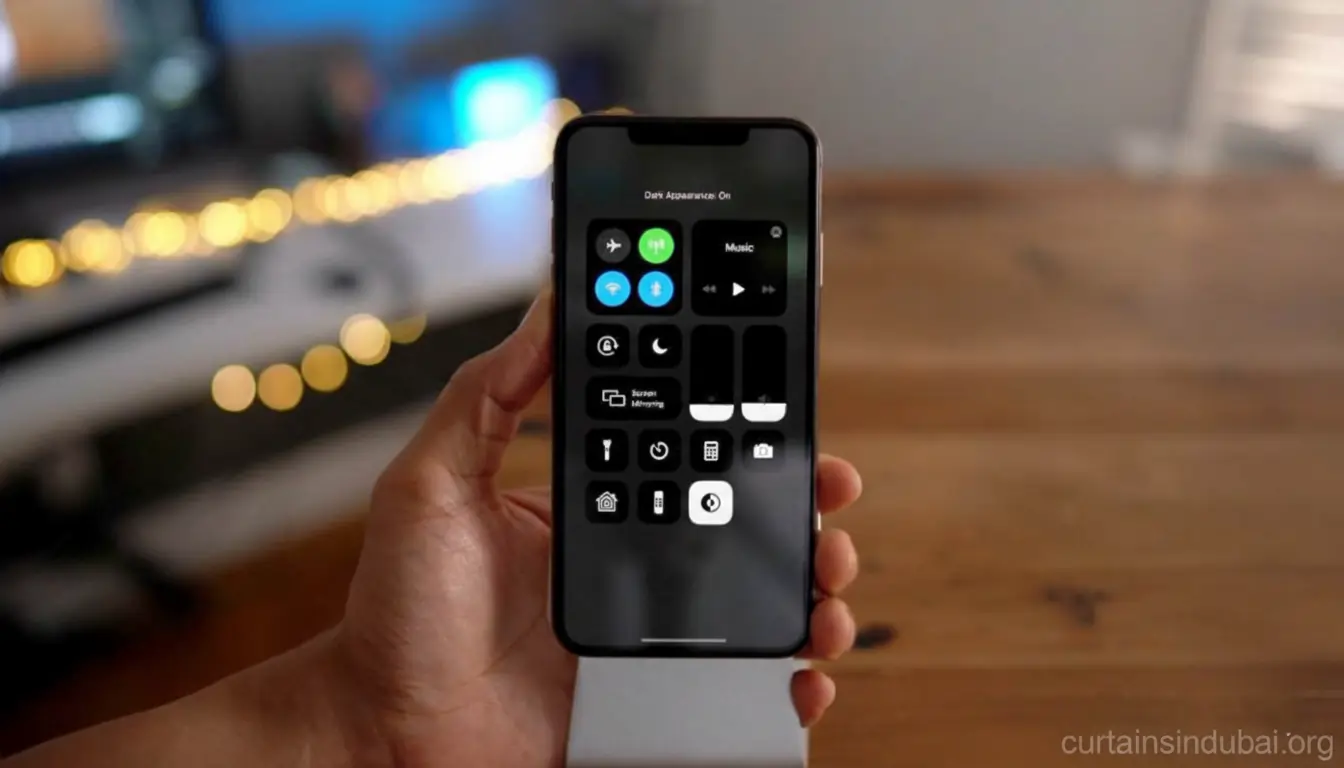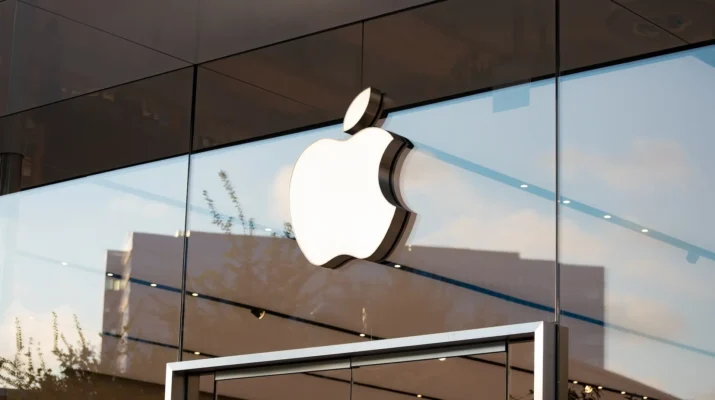For years, Indonesian consumers have faced a unique frustration: the high price of iPhones. A brand-new iPhone model that sells for a certain price in the United States or Singapore can be significantly more expensive in Indonesia. This disparity has led to many questions. What factors contribute to this pricing difference? Is it just a matter of exchange rates, or are there more complex reasons at play?
Understanding this phenomenon requires a deep dive into international commerce, government regulations, and local market dynamics. The truth is, it’s a combination of several factors that all add up to a higher final price for the consumer.
The Tax Tangle: A Hefty Price on Imports

The single largest reason for the higher cost of iPhones in Indonesia is taxation. When a product is imported, it is subject to a series of tariffs and duties. These taxes are designed to protect local industries and generate government revenue. However, for a high-value imported product like a smartphone, these taxes can significantly inflate the final price.
Our resident economic analyst, Mark Anderson, explains the impact. “The layers of taxation—import duties, value-added tax (VAT), and luxury goods tax—can easily add 20 to 30 percent to the base price of the device,” he says. “This is a major cost that companies must pass on to the consumer. It’s the most straightforward explanation for why the price tag is so different from a country with lower import tariffs.”
The Local Certification Fee
In addition to import taxes, Indonesia has specific regulations that require electronic devices to be certified by a local authority. This process, known as the TKDN (Tingkat Komponen Dalam Negeri) certification, ensures a certain percentage of the device’s components are sourced locally. While it’s a positive step for the local economy, the process itself adds another layer of cost and a time delay that companies must account for.
Market Dynamics: Limited Competition and Currency Fluctuations
Beyond government policies, the local market’s competitive landscape and economic stability also play a major role in pricing. In some countries, a highly competitive market with many retailers vying for sales can drive prices down. In Indonesia, the authorized distribution channels for Apple products may be more limited, giving retailers less incentive to lower prices.
“The fewer official resellers there are, the less price competition there is,” Anderson notes. “This can allow for higher profit margins on a per-unit basis, which is then reflected in the final retail price.”
The Rupiah and Its Role
Another critical factor is currency exchange rates. Since Apple is a U.S.-based company, it sets its base prices in U.S. dollars. When the Indonesian Rupiah weakens against the dollar, the cost to import the devices goes up. This fluctuation forces distributors to adjust their pricing to maintain profitability, and unfortunately, these increases are passed directly to the end consumer. A stable and strong local currency is key to keeping imported product prices in check.
